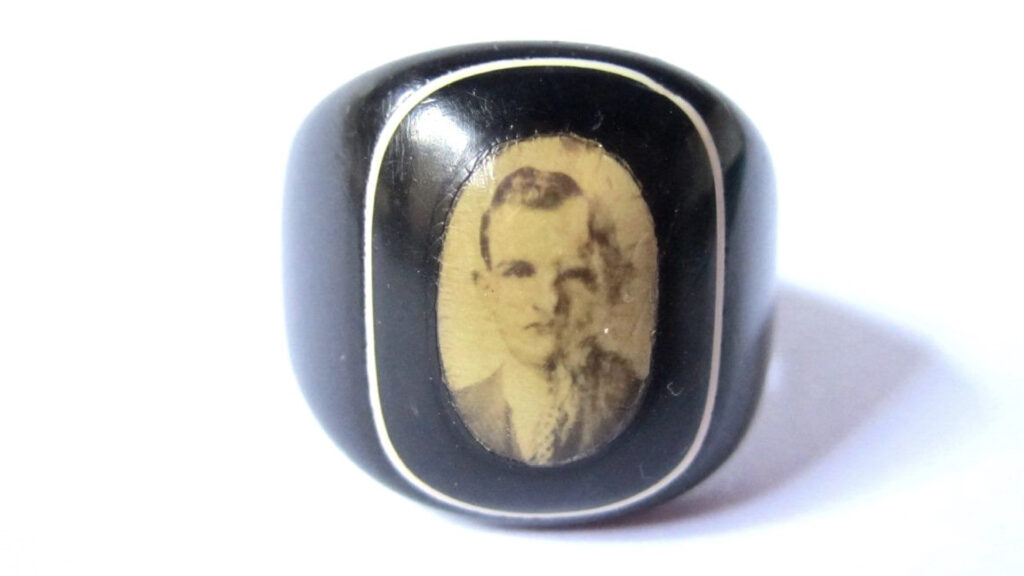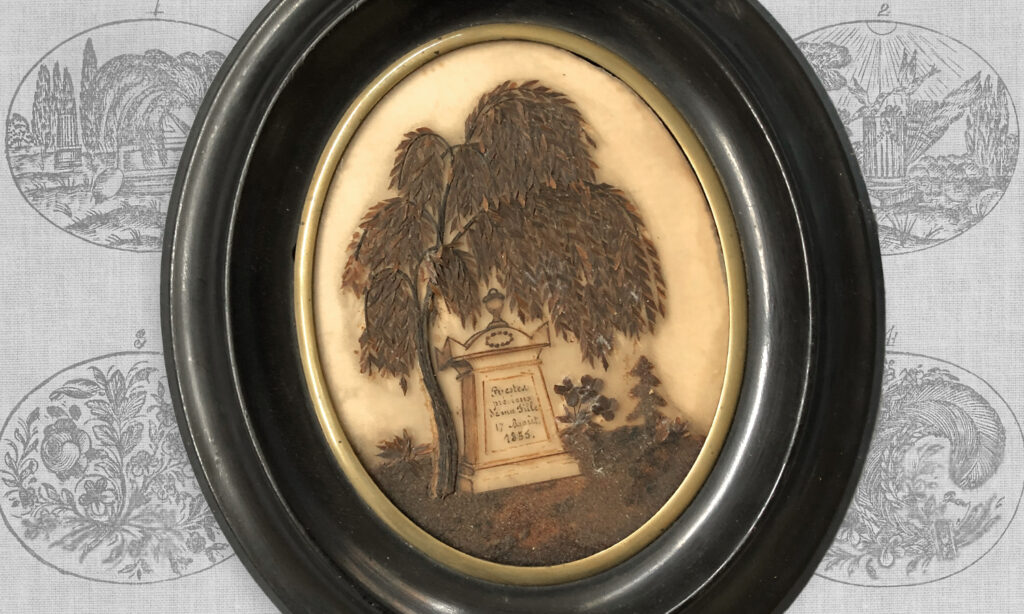A History of Hair Weaving, Part 10
In Part 10 of the History of Hairwork, we look at the competition between hairworkers.

There was much competition within the English industry in the 19th century. Advertisements and catalogue items, such as the one presented here, are examples of the extent to which hairworkers would go to in order to gain business. Alfred Shuff, of 34 Great Marlborough Street, Fosser of Hanover Street, Cleal of Poland Street and Bakewell of Red Lion Street, were all well known hairworkers and presented their hair at exhibitions 19. Alfred Shuff was noted for his hairwork in the mid 19th Century 20. However, it was B.Lee of 41 Rathbone Place who exhibited his work at the Great Exhibition of 1851.
19th century hairworking artists found it cheaper to purchase hair from convents on the Continent rather than use the hair given to them by clients, as stated by Godey’s A Series of Papers on The Hair (1855): “Among the many curious occupations of the metropolis of London, is that of the human hair merchant. Of these there are several, and they import between them more than fifty tons of hair annually. Both England and the United States draw a large portion of their supply of human hair, and of articles made of hair, from France and Prussia. A singular feature on the continent is this ‘hair harvest’, as it has been termed”. The 1840s – 1880s saw popularity in rings, bracelets, earrings and many other mass produced hairwork jewellery items. However popularity in English hairwork declined after 1880s, as did the mourning culture. New art styles, changing fashion and jewellery construction had evolved, making hairwork seem outdated in comparison.






